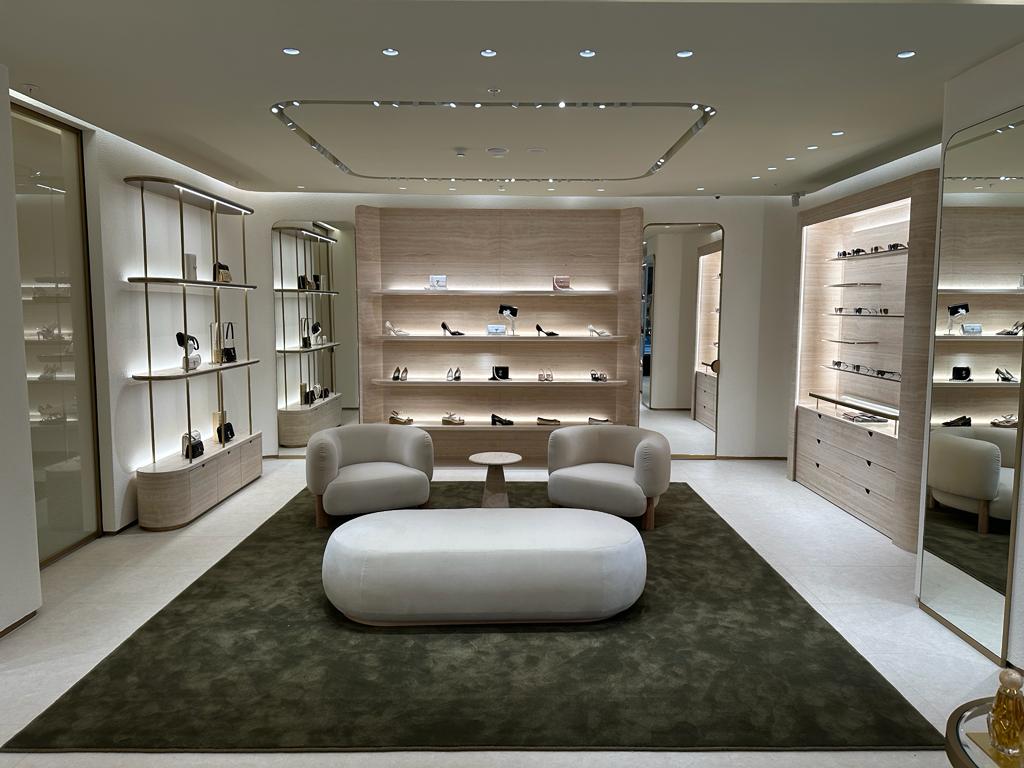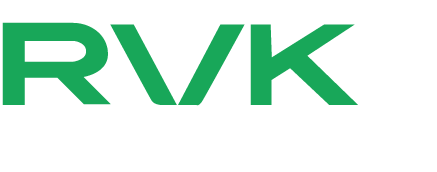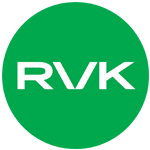
Retail Fitout Trend Predictions for 2024
From the incorporation of energy-efficient designs to the integration of cutting-edge technology, the landscape of retail is being reimagined.
In an era marked by rapid change and innovation, the retail sector is experiencing a significant transformation, particularly in Australia. As we edge closer to 2024, it’s becoming increasingly important for businesses to stay ahead of the curve in understanding and adopting the latest trends in retail fitouts.
These trends reflect deeper shifts in consumer behaviour, technological advancements, and a growing consciousness about sustainability and community. Our article delves into the key developments shaping the future of retail fitouts in Australia, offering a glimpse into how these trends will redefine shopping experiences, enhance customer engagement, and promote sustainable practices.
We’ll also explore the growing emphasis on space utilisation with open-concept layouts and multi-functional furniture, alongside a focus on enriching customer experiences through personalisation and sensory design elements.
As we unpack these trends, we’ll understand why adapting to them is not just beneficial but essential for retailers to thrive in the coming years.
The Move Towards Sustainable Retail Fitouts
The retail landscape in Australia is increasingly moving towards sustainability, a trend that is becoming a cornerstone in the design and operation of retail spaces. This shift is not just a response to growing environmental concerns but also a reflection of consumer expectations and a commitment to future-proofing businesses.
Eco-Friendly Materials
One of the most significant aspects of this sustainable revolution is the adoption of eco-friendly materials in retail fitouts. Businesses are now prioritising materials that have a lower environmental impact, such as recycled or responsibly sourced wood, bamboo, and bioplastics.
These materials are not only sustainable but also add aesthetic value to the retail space, often creating a more inviting and natural atmosphere.
The use of non-toxic paints and finishes further reduces the environmental footprint and ensures a healthier environment for both customers and staff. This conscious choice in materials signifies a move away from traditional, often unsustainable, resources towards more environmentally responsible alternatives.
Energy-Efficient Retail Fitouts
Energy efficiency is another key component of sustainable retail design. Retail spaces are being designed to maximise natural light, reducing the reliance on artificial lighting and cutting down energy consumption.
The use of LED lighting, which is significantly more energy-efficient than traditional lighting solutions, is becoming standard. Smart climate control systems are also being implemented to optimise heating, ventilation, and air conditioning (HVAC) systems, ensuring they are only used when necessary and at optimal levels.
Additionally, the integration of renewable energy sources, like solar panels, is gaining traction, further reducing the carbon footprint of retail establishments. These energy-efficient designs not only contribute to a more sustainable environment but also lead to long-term cost savings for businesses, making them a win-win solution in the pursuit of sustainability.
Integrating Technology in Retail Fitouts
In the dynamic world of retail, the integration of advanced technology is revolutionising how customers interact with products and brands. Australian retailers are rapidly embracing this trend, using technology not just as a tool but as an integral part of the shopping experience. This integration is enhancing engagement, personalisation, and convenience in unique and creative ways.
Interactive Displays
From touch-sensitive screens that provide detailed product information to gesture-based interfaces that allow customers to navigate catalogues or customise products, these displays are transforming passive shopping experiences into dynamic interactions.
Retailers are leveraging these technologies to showcase products innovatively, offer personalised recommendations, and even blend online and offline shopping experiences.
For instance, a customer might use an interactive display to see how a piece of furniture would look in different colours or textures, greatly enhancing their ability to make informed purchasing decisions.
Virtual Reality Shopping Experiences
Virtual reality (VR) takes technological integration a step further, offering customers an entirely new dimension of shopping. In retail, VR creates deeply immersive experiences that can transport customers to different settings.
Imagine trying on clothes in a virtual fitting room, where you can see how a dress or suit looks on you without physically changing into it or walking through a virtual home setup to experience how different appliances and furnishings would look in a real setting. This technology is particularly beneficial for products that are large or require a lot of consideration before purchase.
VR also allows retailers to overcome physical space limitations, showcasing a much wider range of products that could be physically present. This enhances customer experience and opens up new avenues for product demonstration and customer engagement.
Retail Fitouts & Space Utilisation
In the evolving landscape of retail in Australia, efficient and inventive use of space has become a critical aspect of store design. This focus on space utilisation reflects a deeper understanding of customer behaviour and the need for versatile environments.
Two key trends in this area are open-concept layouts and multi-functional furniture, each playing a pivotal role in transforming retail spaces into more adaptive and customer-friendly environments.
Open-Concept Layouts
Open-concept layouts are redefining the traditional retail space structure.
By breaking down walls and barriers, these layouts create a more welcoming and inclusive environment. This design approach facilitates easier navigation through the store, encouraging customers to explore and engage with different products more freely.
Open-concept layouts also enhance visibility, making it easier for customers to find what they’re looking for and for staff to assist them. Additionally, these layouts are highly adaptable, allowing stores to easily rearrange or repurpose areas to suit different needs or host events.
This flexibility is particularly advantageous in adapting to seasonal trends or promotional activities. For customers, the openness fosters a sense of freedom in exploration, enhancing their overall shopping experience.
Multi-Functional Furniture
Multi-functional furniture is another innovative solution contributing to smarter space utilisation in retail. This furniture is designed to serve multiple purposes, maximising the utility of every square inch of the retail space.
Examples include display units that can also serve as storage spaces, collapsible shelves that can be adjusted as needed, or seating that doubles as display stands.
The versatility of multi-functional furniture makes it particularly useful for stores with limited space, enabling them to offer a wide range of products and experiences without feeling cluttered. This type of furniture also allows retailers to quickly and easily adapt their floor layout to accommodate different types of products and shopping experiences, from a relaxed browsing environment to a more dynamic, event-driven space.
Contact Ramvek To Talk About Your Retail Fitout!
With all these trends in mind, we hope it becomes easier to visualise your next retail space. By keeping the consumer experience in mind, we’re sure you’ll be able to settle on something inspiring and refreshing.
For a professional take on retail fitout, feel free to get in touch with our design specialists at Ramvek to learn more about modernising your space.


